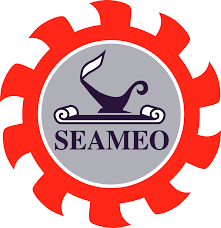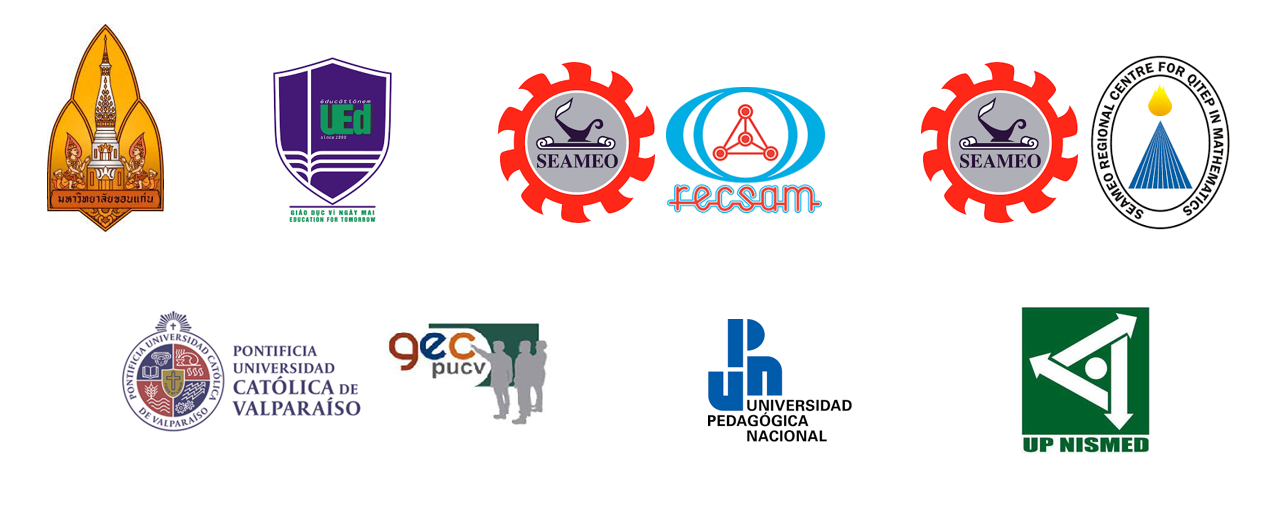

Teaching Mathematics to Develop Mathematical Thinking as Higher Order Thinking: How do you teach? Why? Number and Operation
Description
The objective of this on-line course is to develop Mathematics Knowledge for Teaching with components of Pedagogical Content Knowledge and Subject Matter Knowledge for all school levels by using materials for elementary school mathematics up to the 3rd grade. It is provided under the principle to develop mathematical thinking as a higher order thinking which enable students who learn mathematics by and for themselves by using the Japanese Problem Solving Approach and referring to Gakko Tosho Textbooks which are used in Indonesia and Thailand.
Every class provides the following questions to participants: ʻHow do you teach and why? How?ʼ These questions are the pedagogical questions to replying the ʻWhy?ʼ which is answered through the learning of Pedagogical Content Knowledge and Subject Matter Knowledge. For secondary school teachers, it is an opportunity to know how their teaching materials are aligned and well-related with elementary school mathematics. Even though the lectures provide simple and joyful ideas for mathematical knowledge for teaching at elementary school level, teachers, math educators, mathematicians and teacher trainers are also provided the opportunity to reconsider how we should reform our teacher education program.
The online course "Teaching Mathematics to Develop Mathematical Thinking as Higher Order Thinking: How do you teach? Why? Number and Operation" is part of the SEAMEO School Network Program and is composed by 20 lessons. These 20 videos were produced by CRICED-University of Tsukuba with the direction of professor Masami Isoda and the collaboration of invited guests. The videos are open for all interested participants and include English subtitles.
Assessment and Certification
CRICED-University of Tsukuba provides a certificate of completion depending on the fulfillment of the corresponding assessment. The assessment of this online course is composed by a set of 20 questionnaires that are available with each lesson. Please note the following: (1) the certificate of completion will only be provided to those participants that complete the questionnaires with a score rate higher or equal to 80 percent, (2) the questionnaires must be completed using a Google Account, (3) each questionnaire can only be answered one time, and (4) the questionnaires must be answered in sequential order.
Inquiries
If you have any question or inquiry, please use the following link to access the inquiry form. Inquiry Form
Contents
Institutions represented by invited speakers

This program was successfully developed through the collaboration of invited guests and supporters. Prof./Dr. Isoda, Masami, Director of CRICED, who developed the content of this program, deeply acknowledges their collaborations.
Invited Guests:
Teh Kim Hong (SEAMEO-RECSAM, Malaysia)
Nguyen Chi Thanh (Vietnam National University-University of Education, Hanoi, Vietnam)
Aida Yap (Director of UP-NISMED, Philippines)
Wahid Yunianto (SEAMEO-QUITEP, Indonesia)
Maitree Inprasitha (Vice President of Khon Kaen University, Thailand)
Narumon Changsri (Director of IRDTP for ASEAN, Thailand)
Nisakorn Boonsena (Khon Kaen University, Thailand)
Raimundo Olfos (Pontificia Universidad Católica de Valparaiso)
Soledad Estrella (Pontificia Universidad Católica de Valparaiso)
Erlina Ronda (UP-NISMED, Philippines)
Marcela Santillan (Universidad Pedagogica Nacional)
Coordinator:
Diego Solis Worsfold (CRICED)
Video editors:
Diego Solis Worsfold, Laura López, Mei Nakada (CRICED)
Supporters:
Wahyudi (Deputy Director of SEAMEO Secretariat)
Shah Jahan bin Assanarkutty (Director of SEAMEO Secretariat)
Sumardyono (Director of SEAMEO Qitep in Mathematics)
Auijit Pattanajak (Khon Kaen University)
Weerawan Theeraroungchaisri (SEAMEO Secretariat)
Web developer:
Yoneyama Takafumi (CRICED)
and all the Participants
This program was developed by using JSPS grant number 19H01662 for Isoda, Masami PhD. All right reserved.
Back to JV-Campus page
Click to go back to JV-Campus page